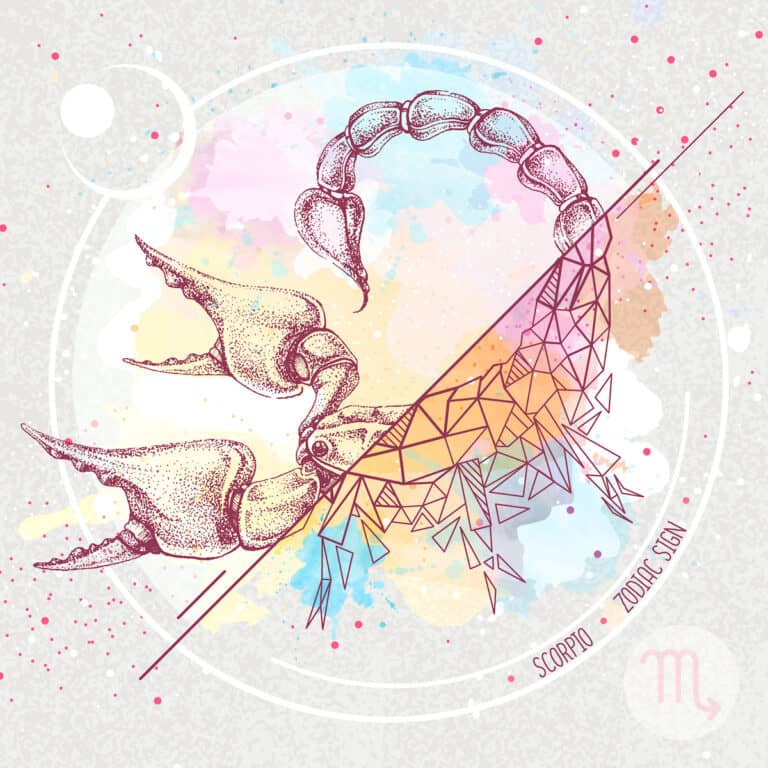Challenging Composite Aspects
It would certainly be beneficial if one could foresee relationship troubles in advance. Well, this is achievable if one is attentive to forthcoming transits and lunations that influence the composite chart. When certain composite aspects are triggered, tension is likely to follow. No astrologer can perfectly predict what may happen, yet being informed of potential issues gives you a measure of preparedness.
Understanding the Variances in Relationship Difficulties
Typically, oppositions and squares between composite planets highlight possible trouble areas. Oppositions could signify places where the two parties struggle to find common ground or where there might be a risk of separation. Squares signify discomfort or crisis that necessitates attention. The planets and houses involved will indicate the areas of the relationship that are affected, as well as the severity of the tension.
A square between composite Venus and Jupiter, for instance, signifies a tendency for the couple to indulge excessively. This might manifest as overspending, overeating, or overindulgence in general. This is not ideal, but it’s unlikely to damage the relationship if activated by a transit.
A square between composite Venus and Saturn, however, poses greater challenges, as it symbolizes obstacles (internal or external) to expressing love. A Sun/Moon opposition in the composite chart indicates a polarity in the relationship, causing extreme reactions towards each other. While this implies a lack of unity, an opposition between Mars and Neptune suggests an even more complex challenge.
It’s as if one partner desires something while the other renounces it or doesn’t. Particularly problematic are planets in the composite 8th (intimacy) and 12th (subconscious/hidden issues) houses that are squaring or opposing other composite planets, as they may reveal sensitive or secretive issues.
How can you address a problem that you can’t see, or perhaps don’t want to see?

Recognizing When the Fault Line is Activated
Tense composite aspects can be akin to fault lines; when triggered by a transit or lunation, they cause tremors or can even crack the relationship wide open. The overall chart influences the outcome, the particular transit or lunation, and the individuals involved.
Take for example a scenario where composite Mars opposes composite Uranus. A surprising event that prompts abrupt actions by one or both partners is introduced when transiting Uranus conjoins composite Mars. Given that a Mars/Uranus opposition is naturally high in tension, the additional nudge from transiting Uranus could instigate a significant event in the relationship, such as a breakup. Nevertheless, this isn’t always the case.
This energy calls for both partners to give each other space, as it is unstable and volatile. If one partner has imposed restrictions, this transit could lead to a sudden ending. However, if both partners understand the unique nature of their relationship and there’s an outlet for the energy, it may only lead to a temporary separation.
Another example: if composite Mercury in the 12th House squares composite Pluto, there could be relationship secrets due to one partner withholding something as a means of control. If a Full Moon eclipse hits composite Mercury, it could illuminate and bring to the surface these buried issues. This won’t necessarily end the relationship, but it can be quite unsettling.
Ordinarily, a New/Full Moon (unless it’s an eclipse) can’t trigger a significant outcome by itself. It might cause a slight stir which is later amplified by a transit or eclipse. Sometimes, an eclipse alone is powerful enough to crack the relationship’s fault line, but often other transiting aspects to the composite planets are also involved.

Dealing with Challenging Composite Aspects
If you notice challenging composite aspects, identify what areas and planets are involved. You likely have a sense of what the issue is. Next, look at upcoming transits and lunations that aspect the composite planets (within two to three degrees) to foresee when these issues might be activated. Begin addressing these issues now. Although composite aspects cannot be completely rectified, they can be managed or confronted, as long as both partners are in agreement.
It’s important to remember that all composite charts contain difficult aspects. Many couples navigate these challenges, which can ultimately strengthen their relationship. A bit of tension in the composite chart is often considered beneficial. A chart filled with only trines and sextiles would result in a stagnant partnership. Tension in the composite chart creates friction, which provides the traction needed for you and your partner to progress together.






